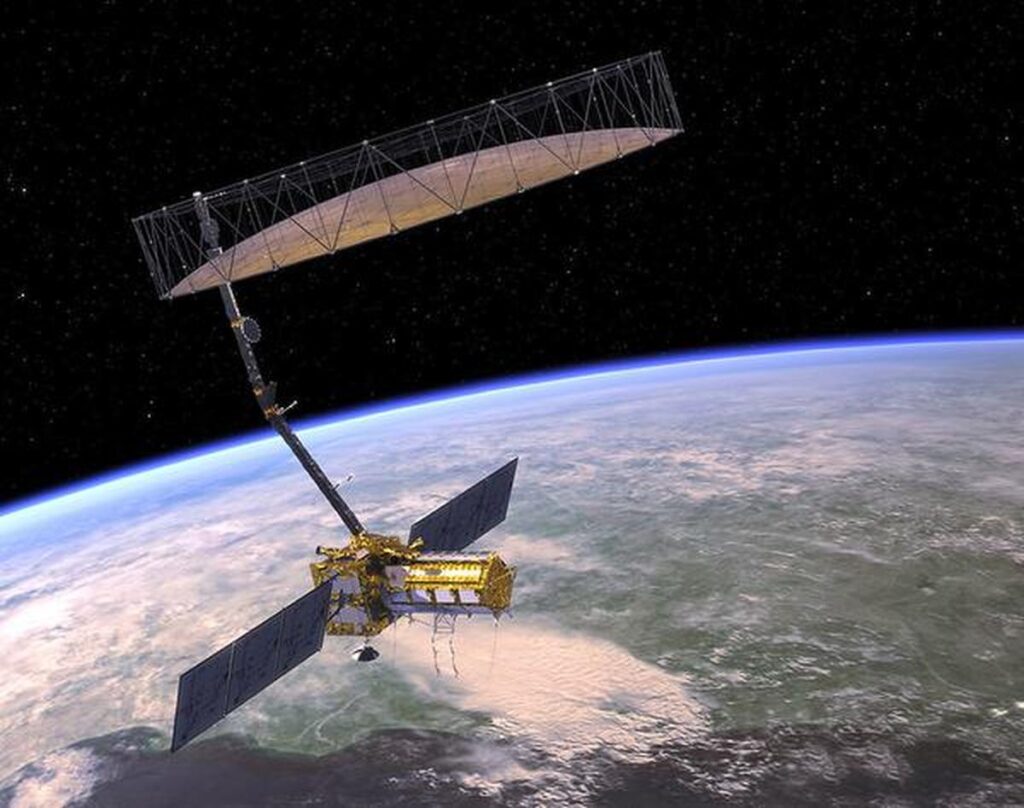
New Delhi: The joint NASA-ISRO Synthetic Aperture Radar (NISAR) mission has cost India and the United States more than $1.5 billion. So, why invest such a massive sum when there are already hundreds of Earth observation satellites orbiting the planet? The answer lies in NISAR’s unprecedented capability—no previous mission has combined two radar frequency bands on a single satellite.
NISAR is equipped with two distinct synthetic aperture radars (SARs)—one operating in the L-band and the other in the S-band. These will work in unison, making NISAR a “two-eyed satellite” capable of observing the Earth’s surface in unmatched detail.
“Our planet’s surface is constantly evolving—sometimes gradually, sometimes rapidly; sometimes with large-scale changes, and other times in barely perceptible ways,” said Dr. Karen St. Germain, Director of NASA’s Earth Science Division. She described NISAR as “the most advanced radar system we’ve ever built,” calling it a model for the next generation of Earth monitoring tools. According to Germain, NISAR will enable scientists to track land subsidence, glacial melt in Greenland and Antarctica, tectonic shifts, and even wildfires.
Nicky Fox, NASA’s Science Mission Chief, praised the satellite as “a one-of-a-kind radar instrument that will transform how we study Earth and predict natural disasters.” India’s Space Minister, Jitendra Singh, hailed the mission as a “game changer” for disaster preparedness and response.
What sets NISAR apart is the combination of its two radar bands:
The L-band SAR, developed by NASA, operates at a longer wavelength, allowing it to penetrate tree canopies, sand, and ice to detect fine ground movements.
The S-band SAR, contributed by ISRO, uses a shorter wavelength to capture broader surface features such as farmlands and water bodies.
When combined, these two radar systems will provide a comprehensive, high-resolution view of the Earth’s surface that cannot be achieved by two separate satellites. Integrating both SARs into one spacecraft was a monumental engineering feat—one that took NASA and ISRO a full decade to perfect. The result is a 2,392-kilogram satellite unlike any other in orbit.
Once operational, NISAR will scan the entire planet every 12 days, offering critical data for managing natural resources, understanding climate change, and improving disaster response worldwide.
